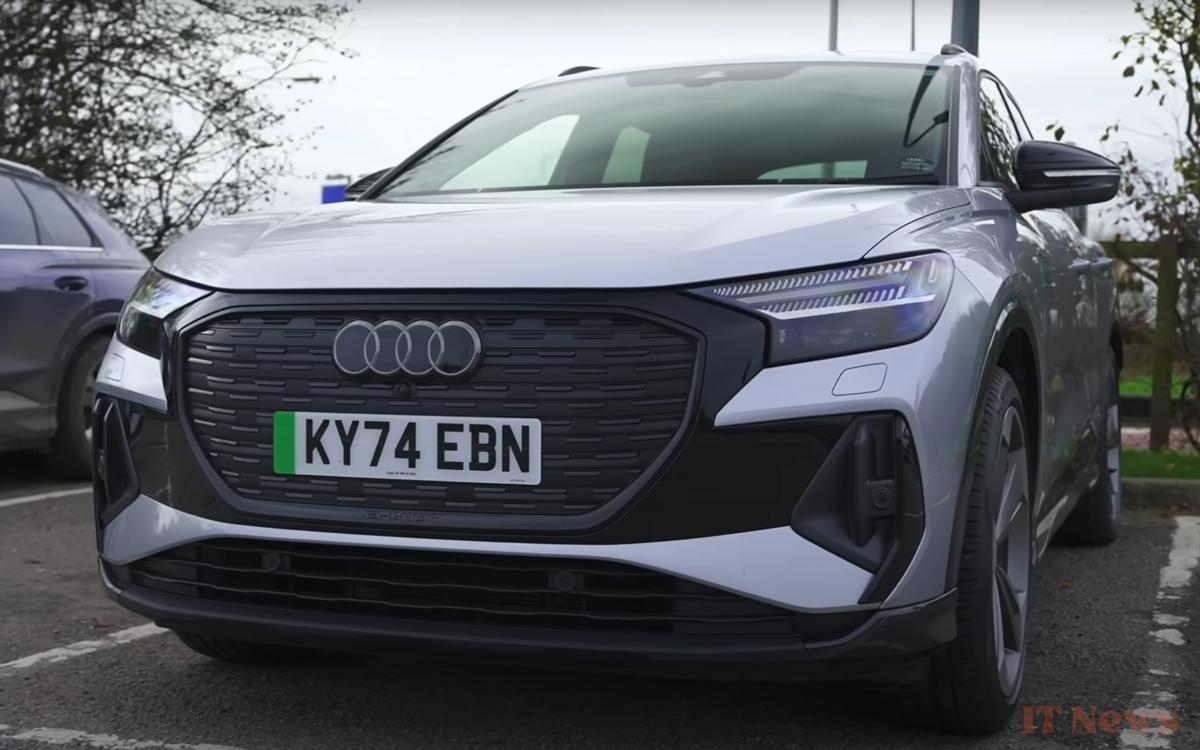The YouTube channel CarWoW conducted a rather unique test. The objective: to drive six electric SUVs to their limits, in order to find out which one would go the furthest. All on the same route, on the same day and at the same speed.
When you own an electric car, you never really want to completely drain your battery, unless you want to ruin your weekend or love walking above all else. Nevertheless, the idea of seeing how far a wattage can actually go compared to their estimated range is rather exciting.
Mat Watson from the specialized YouTube channel CarWoW decided to conduct this slightly crazy experiment. With five other friends, they pushed six electric SUVs to their limits on English motorways. The idea was to put them in competition under identical circumstances: same route, same weather conditions, same day, at equivalent speed. Before going any further, here is the list of vehicles present on the test bench:
- Polestar 4
- Porsche Macan
- Tesla Model Y
- Ford Explorer EV
- Kia EV6
- Audi Q4 e-Tron
The conditions of this slightly crazy test
For this endurance test, the CarWow team charged each SUV to 100%. They then hit the road, strictly adhering to the speed limits, all with an ambient temperature in the cabin set at 20°C. They only slowed down when the battery began to show an alarming level. The idea was ultimately to act as a user would in real-life conditions.
To be precise, Mat Watson and his team chose to test exclusively the most endurance versions of each vehicle. For the Model Y, for example, this is the Long Range Propulsion version launched in April 2024. In the case of the Ford Explorer, it is the RWD Extended Range 77 kWh version. But without further ado, find in the table below the results obtained by Mat Watson and his team.
| Model | Battery capacity | Observed range | Official range (WLTP cycle) | Distance traveled compared to official range (in %) | |
|---|---|---|---|---|---|
| Polestar 4 | 94 kWh | 535 km | 598 km | 90 % | |
| Porsche Macan | 95 kWh | 511 km | 621 km | 82 % | |
| Tesla Model Y | 79 kWh | 473 km | 600 km | 79 % | |
| Ford Explorer EV | 82 kWh | 468 km | 601 km | 78 % | |
| Kia EV6 | 80 kWh | 450 km | 558 km | 81% | |
| Audi Q4 e-Tron | 77.4 kWh | 431 km | 540 km | 79% |
Polestar and Porsche shine, Tesla impresses
You will have noticed, no SUV has reached its maximum estimated range. This is not surprising in itself, as the test was carried out at high speed on the highway, which is necessarily more energy-intensive than use in an urban environment.
From what we can tell, the Polestar 4 took the lead in the ranking by covering 535 km on a single charge. That is 90% of its estimated WLTP range, which is, as a reminder, 598 km. The Porsche Macan came in second, with 511 km covered. That is 82% of its estimated WLTP range (621 km).
In itself, it is rather logical to find these two vehicles at the top of the list, since they have larger batteries than their rivals (respectively 94 and 95 kWh). The bronze medal went to the Model Y. With its pack of only 79 kWh, the world's best-selling car managed to travel 473 km on a single charge before giving up. This represents 79% of its estimated WLTP cycle range of 600 km. The Ford Explorer EV is right behind it, with 468 km traveled on a full battery (78% of the estimated WLTP cycle range).




0 Comments